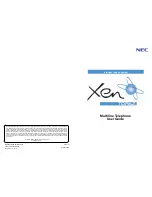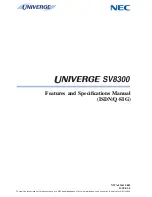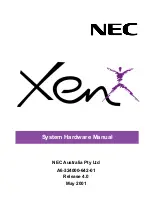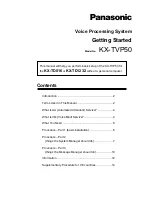
10
Avaya 3720/3725 DECT Telephone - User Guide
05/2009
Any radio-based equipment can potentially cause interference with other equipment and can be
interfered from other equipment. This also applies for DECT equipment. However due to the
very low transmission power level the changes for interference are very small. Research proves
that operational DECT phones normally don't influence electronic equipment however some
precautions must be taken into account for sensitive electronic equipment e.g. sensitive
laboratory equipment. When DECT phones operate in straight nearness of sensitive electronic
equipment incidental influence can appear. You are advised not to place the DECT phone on or
close (less then 10 cm) to this kind of equipment, even in standby mode.
Regulatory Compliance Statements (EU/EFTA only)
Permission and Conformity
We, Avaya GmbH & Co. KG, declare that the product line DECT R4 concurs with the basic
requirements and other relevant provisions of EU Directive 1999/5/EU concerning radio
equipment and telecommunications terminal equipment and the mutual recognition of their
conformity.
Intended use
This equipment is intended for connection to radio interfaces (DECT) of Avaya PABX systems.
It is compliant with the essential requirements of the EU-Directive 1999/5/EU (Radio and
Telecommunication Terminal Equipment, R&TTE).
Due to the differences of the individual public networks and network operators this compliance
does not by itself give an unconditional assurance of successful operation at every network
termination point. For the time being we are not aware of anynetwork on which the equipment
will not work due to its design.
In the event of problems, you should contact your equipment supplier or your Avaya service.
The conformity declaration can be accessed at the following Internet address:
www.avaya.de/gcm/emea/de/includedcontent/conformity.htm
or search the index using the key term "Conformity".









































